Have you ever noticed brown spots creeping onto the leaves of your favorite indoor plants? It can be frustrating and, let’s face it, a little concerning. Brown spots are a common issue for plant parents, and they can pop up for a variety of reasons—some easier to fix than others. But don’t worry! Figuring out what’s causing these spots is the first step to helping your plants bounce back.
In this post, we’ll go over the most common reasons behind brown spots, from watering habits to pesky pests. I’ll guide you through how to diagnose the problem and, most importantly, how to treat it so your plants can thrive again. By the end, you’ll have a good handle on keeping those leaves green, vibrant, and healthy. Let’s dive in!
What are The Common Causes of Brown Spots?
Brown spots can feel like a mystery, but they often come down to a few common causes. It can cause due to various Fungal infections, pest infestation, Nutrient Deficiency, environmental stress and even due to over or under watering! Understanding these can help you stop the problem in its tracks! Let’s break down what might be going on with your plant.
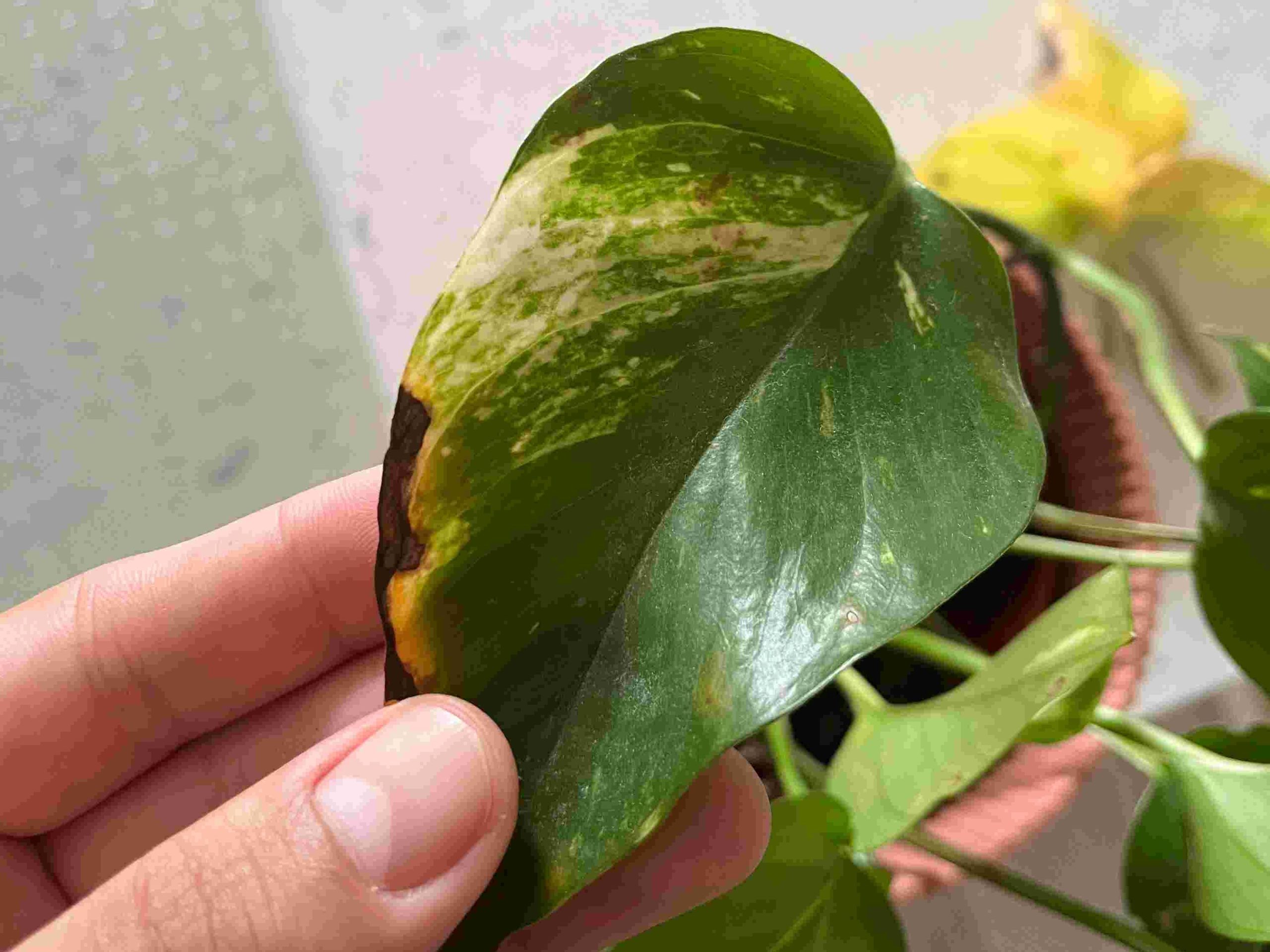
Overwatering
Believe it or not, too much love (in the form of water) can hurt your plants! Overwatering is a top reason for brown spots, leading to root rot and soggy soil. When roots stay too wet, they can’t breathe, and that stress shows up as browning on the leaves. If you notice your plant’s leaves yellowing before they turn brown or feel mushy at the base, overwatering could be to blame.
To help, water your plants only when the top inch of soil feels dry. If the pot doesn’t have drainage holes, consider repotting it into one that does. Letting water escape is crucial for keeping roots healthy!
Underwatering
On the flip side, if you’re seeing dry, crispy brown edges, your plant might be thirsty. Underwatering leaves plants stressed and struggling to stay hydrated, especially in dry indoor air. You might see leaves curling, drooping, or even pulling away from the edges of the pot when soil is too dry.
To fix this, try a consistent watering schedule, and check in on your plants regularly. Most plants thrive on a deep watering once the top soil is dry—enough to soak through, but not so much that it sits in the pot.
Fungal Infections
Fungal infections can also be a culprit! These infections spread in damp, humid conditions and often show up as dark brown spots that may have a fuzzy or powdery look. Common culprits include leaf spot and powdery mildew. If you see clustered brown or black spots with a grayish coating, it’s likely a fungal issue.
To keep fungi at bay, make sure your plant has good air circulation. Avoid watering the leaves directly and aim for the soil instead. You can also treat mild infections with a neem oil spray or a gentle fungicide.
Pest Infestation
Pests may be tiny, but they can cause some big problems! Common indoor plant pests, like spider mites, aphids, and mealybugs, love to snack on leaves, which can lead to brown spots and other damage. You might notice tiny specks, sticky residue, or even small webs if spider mites are involved.
Take a close look at your plant, especially on the undersides of leaves, where pests tend to hide. If you find any unwanted visitors, try rinsing the leaves with water or wiping them with a gentle solution of soap and water. For a stronger fix, insecticidal soap or neem oil can help get rid of pests without harming your plant.
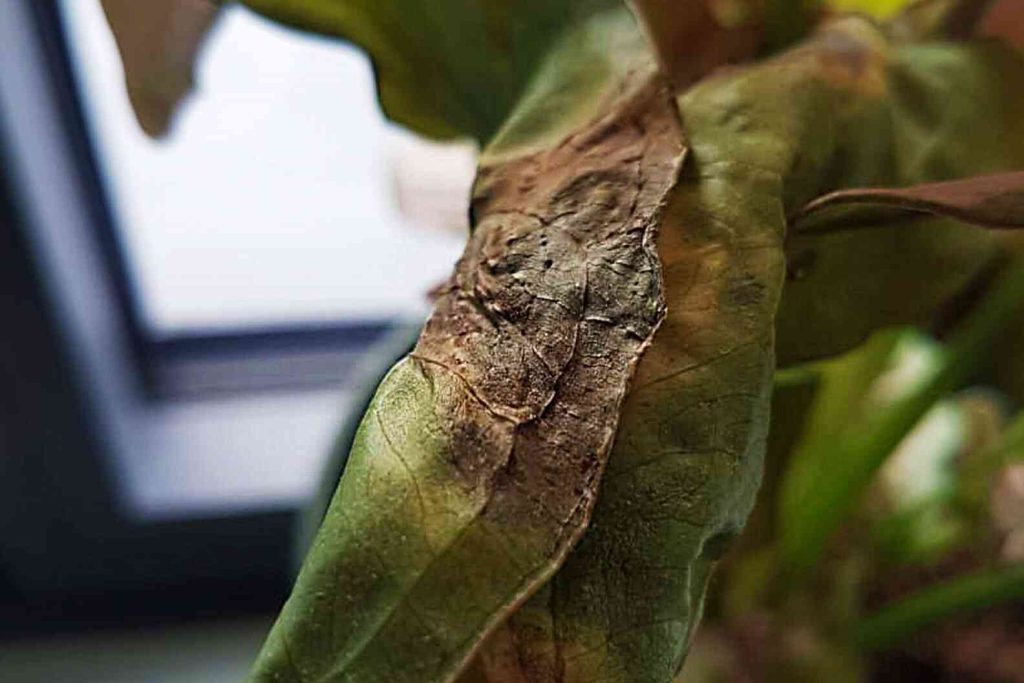
Nutrient (Potassium & Magnesium) Deficiencies
Just like us, plants need a balanced diet! If they’re missing certain nutrients, their leaves can show it—sometimes in the form of brown spots. Potassium and magnesium are two nutrients that, when lacking, can lead to browning. Potassium deficiency often causes browning at the edges, while magnesium deficiency might look like yellowing between leaf veins, with brown spots appearing later.
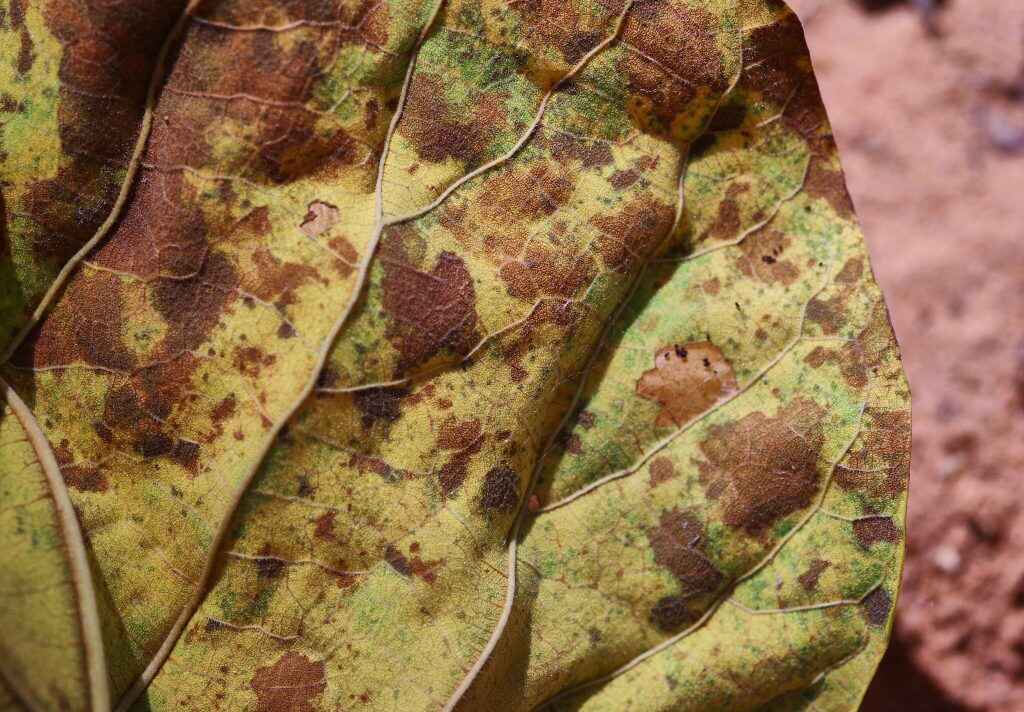
An easy way to address this is by feeding your plant with a balanced fertilizer or one designed for indoor plants. Just follow the instructions, as too much can also cause issues. Over time, you’ll notice healthier, greener leaves as the nutrients kick in!
Environmental Stress
Indoor plants are sensitive to their surroundings. Changes in temperature, low humidity, and sudden drafts can all stress them out, which sometimes shows up as—you guessed it—brown spots! If your plant is near an air vent, radiator, or a drafty window, the fluctuating conditions might be too harsh.
To keep your plant comfy, try to keep it in a stable environment with consistent light, temperature, and humidity. If humidity is low, especially in winter, consider a humidifier or placing a tray of water near the plant. Creating a cozy environment can go a long way in keeping those leaves spot-free and vibrant!
Diagnosing the Problem
Now that we’ve explored the common causes of brown spots, it’s time to put on our detective hats! Diagnosing the problem is key to bringing your plant back to life. Let’s dive into how you can uncover what’s really going on with your leafy friend.
Inspecting Your Plant
The first step in solving the mystery is a thorough inspection. Start by looking closely at the leaves, stems, and soil. Check for any visible signs of disease, like discoloration or unusual spots. Don’t forget to peek underneath the leaves; pests love to hide there!
Take your time and look at the entire plant. Sometimes, the issue may not just be with the leaves but can be related to the roots or the potting conditions. The more you observe, the better you can understand your plant’s needs.
Conducting Soil Tests
Next up, let’s take a closer look at the soil. The soil plays a huge role in your plant’s health, so it’s important to check if it’s too dry or soggy. Stick your finger about an inch into the soil; if it feels bone dry, your plant might be thirsty. On the other hand, if it’s constantly wet and muddy, it could be overwatered.
If you suspect the soil is an issue, consider repotting your plant with fresh, well-draining soil. This can help prevent further problems and gives your plant a fresh start. Regularly testing your soil helps you catch issues early, so your plant can thrive!
How to Keep your Indoor Plants Healthy?
Congratulations, plant detective! Now that you’ve identified the problem, it’s time to roll up your sleeves and get to work on treatment and prevention. Let’s explore some simple steps to help your plant recover and keep it healthy for the long haul.
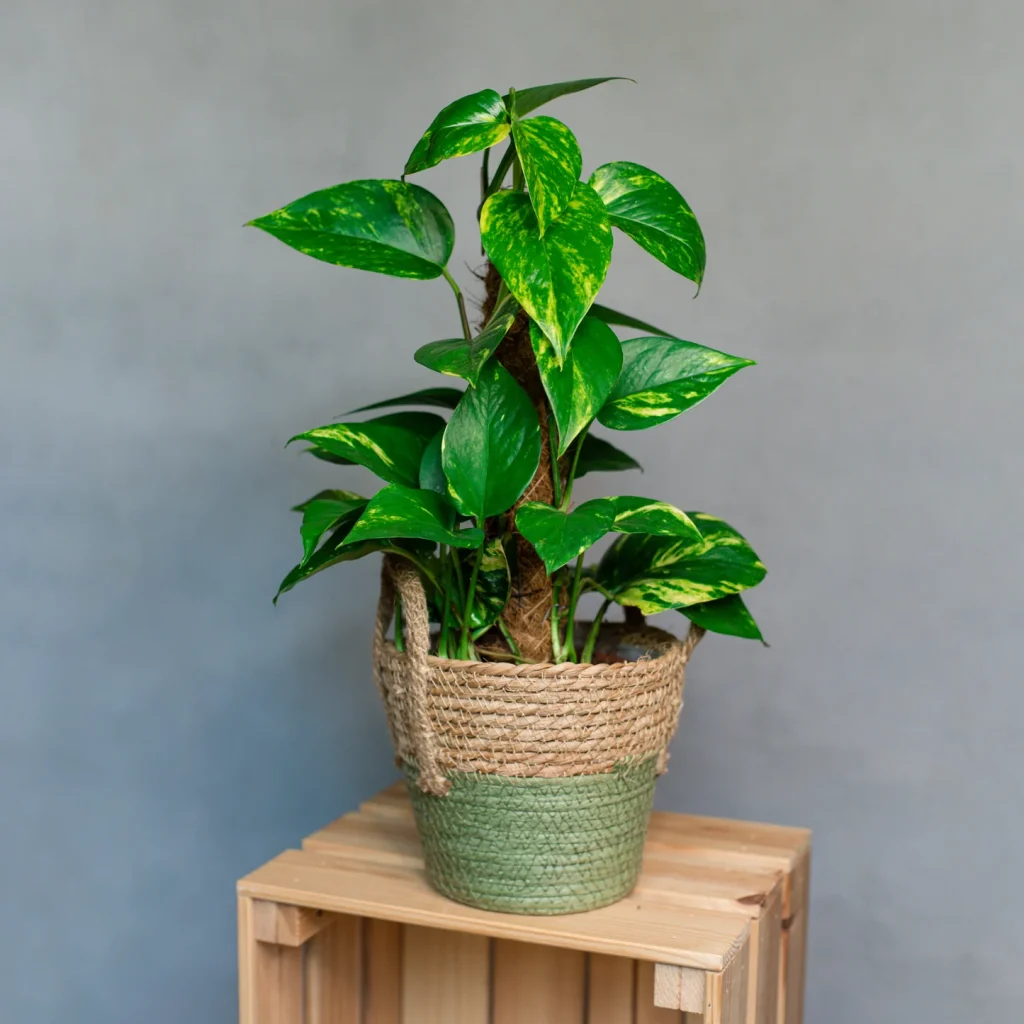
Adjusting Watering Habits
First up is adjusting your watering habits. Finding the right balance is crucial. Remember, most plants prefer to dry out a bit between waterings. To determine when to water, stick your finger in the soil about an inch deep. If it feels dry, it’s time for a drink!
When you do water, make sure to do so thoroughly. Give your plant enough water so it drains out of the bottom of the pot. This encourages healthy root growth and helps prevent overwatering. And don’t forget about drainage! Make sure your pots have holes to let excess water escape.
Fungal Treatment Options
If you discovered a fungal infection, don’t fret! There are several treatment options available. For mild infections, natural remedies like neem oil or a mixture of water and baking soda can work wonders. Just mix a tablespoon of baking soda in a quart of water, spray it on affected leaves, and watch the magic happen!
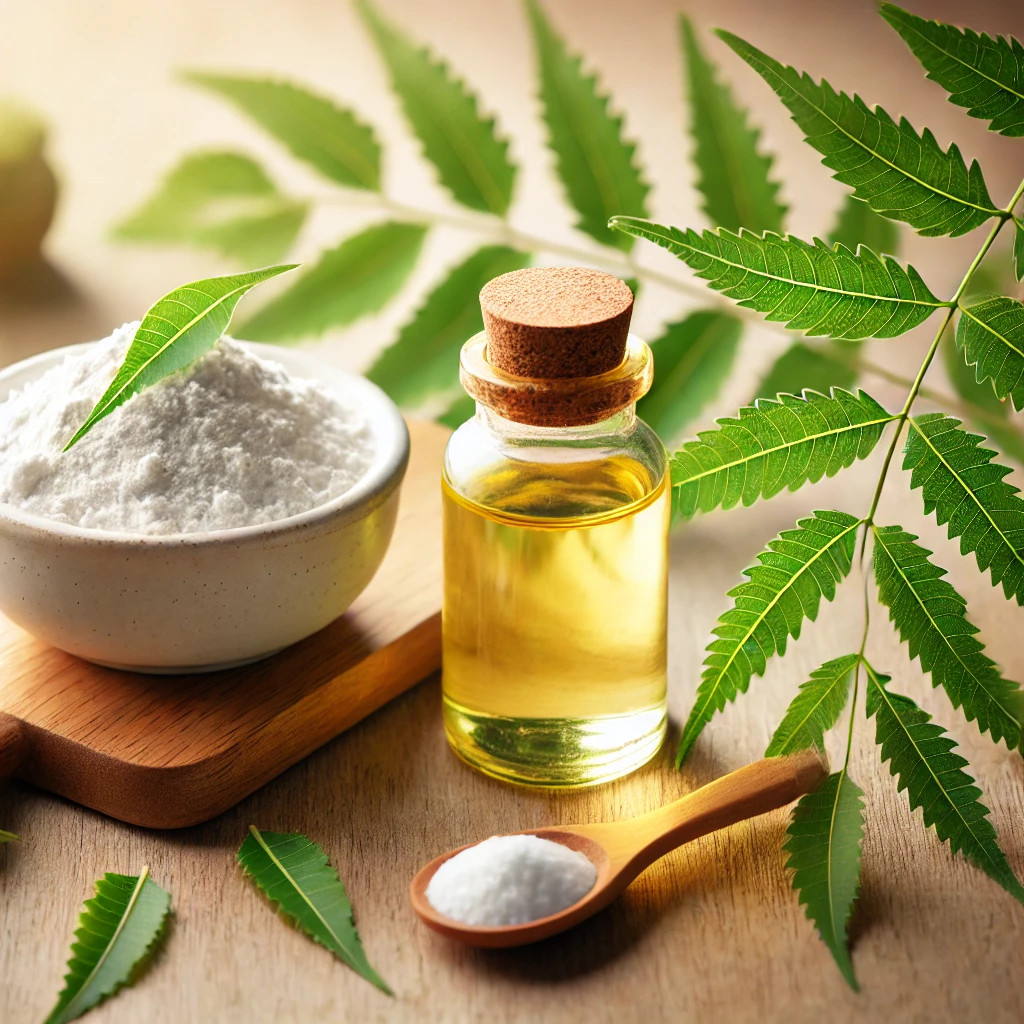
For more serious infections, you might need a chemical fungicide. Be sure to read the instructions carefully and follow all safety guidelines when applying. With a little patience, your plant can bounce back from a fungal issue!
Pest Control Strategies
Got pests? No problem! Tackling pest infestations early is key. Start by giving your plant a gentle rinse with water to dislodge any bugs. For persistent pests, consider using insecticidal soap or neem oil. Spray it on the affected areas, making sure to cover both sides of the leaves.
To keep pests at bay, practice good plant hygiene. Regularly inspect your plants and keep them clean. Quarantining new plants for a few weeks before introducing them to your collection can also help prevent infestations.
Nutrient Boosting
Your plant may need a little nutritional boost to recover from brown spots. Using a balanced fertilizer can help restore its health. Look for organic options that provide essential nutrients without harsh chemicals. Follow the instructions on the packaging for the best results.
Fertilizing during the growing season (spring and summer) will help your plants thrive. You can try supplementing with Magnesium or potassium A little extra care can go a long way in preventing deficiencies and keeping those leaves green!
Improving Environmental Conditions
Last but not least, let’s talk about improving environmental conditions. Creating the right atmosphere for your plants is vital for their well-being. Keep your plants in a location with consistent light, away from drafts, and where they can enjoy moderate humidity.
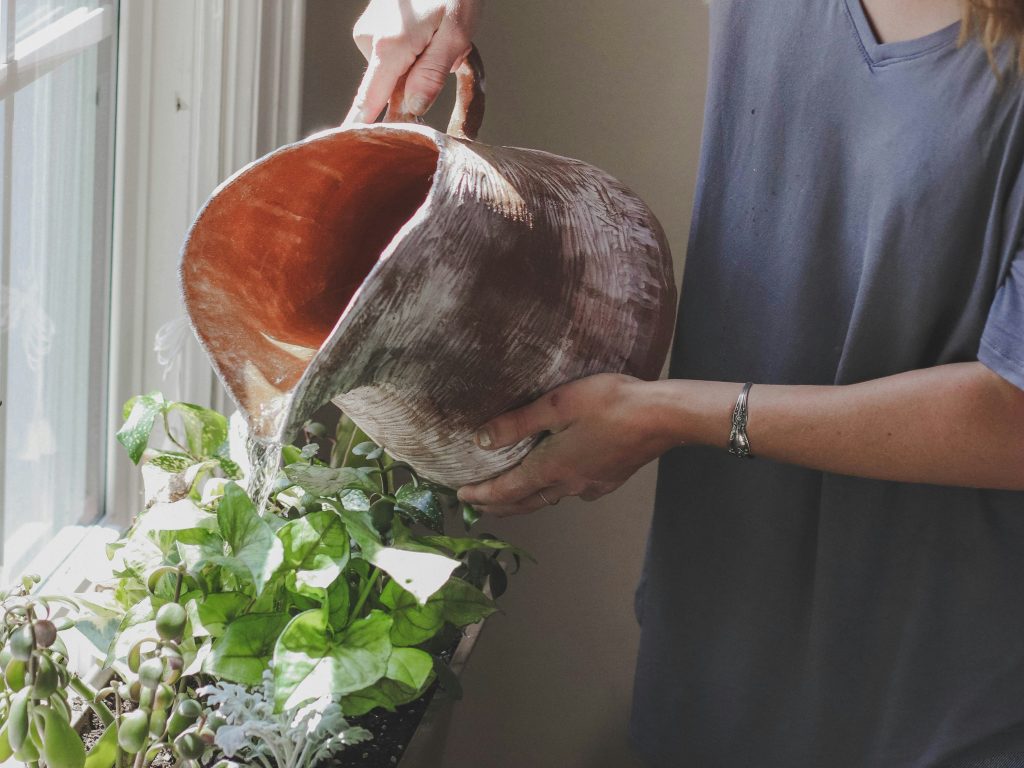
If the air in your home is dry, consider using a humidifier or placing a tray of water with pebbles near your plants. This can help maintain humidity levels. Protecting your plants from extreme temperature changes and ensuring they have a comfortable environment will help them thrive!
Monitoring Plant Health
Now that you’ve addressed the issues causing brown spots, it’s time to keep a close watch on your plant’s health! Regular monitoring helps catch new problems early and ensures your green friend stays vibrant. Let’s explore some simple ways to keep track of your plant’s well-being.
Regular Check-ups
Just like routine doctor visits, your plants need attention too! Make it a habit to inspect them regularly. Look closely at the leaves, stems, and soil. Check for any new brown spots, pests, or changes in color. A quick finger test for soil moisture can help determine when it’s time to water again. Keeping a journal of your observations can help you track what works best for your plants.
Adjusting Care Practices
As you monitor your plants, be open to adjusting your care practices. If you notice brown spots after moving your plant to a different spot, it might not be happy there. Stay flexible and adapt your routine based on your plant’s response. Every plant is unique, and learning from your experiences will make you a more confident plant parent!
When to Seek Professional Help
Sometimes, despite our best efforts, plants can face issues that are tough to tackle alone. That’s when it’s time to consider seeking professional help! Knowing when to reach out can make all the difference in saving your plant. Let’s look at some signs that indicate it’s time to call in the experts.
Signs That Indicate a More Serious Problem
If you notice persistent brown spots or other troubling symptoms that don’t improve with your usual care, it might be time to get a second opinion. Look out for drastic changes in growth, wilting despite proper watering, or if pests keep coming back no matter what you do. These could be signs of a more serious underlying issue.
Resources for Finding Help
Don’t hesitate to seek help! Local garden centers or nurseries often have knowledgeable staff who can provide advice. You can also find online plant care communities and forums where fellow plant lovers share their experiences and tips. Social media platforms, like Instagram and Facebook, have groups dedicated to plant care where you can ask questions and get support.
Remember, seeking help is a sign of a caring plant parent! With the right guidance, you can get your plant back on track and thriving in no time.
Congratulations, plant parent! You’ve journeyed through the ins and outs of diagnosing and treating brown spots on your indoor plants. Remember, keeping your leafy friends healthy requires a bit of observation, care, and sometimes a little extra help.
To recap, you learned about the common causes of brown spots, how to inspect your plants, and the best treatment and prevention strategies. Plus, monitoring their health regularly and knowing when to seek professional advice are crucial steps in your plant care routine.
So, keep an eye on your plants, adjust your care as needed, and don’t hesitate to reach out for help if something doesn’t feel right. Every plant has its quirks, and with a little patience and love, you’ll see them flourish!
Now, we’d love to hear from you! Share your experiences with brown spots or any tips you’ve found helpful in the comments below. Happy gardening!

